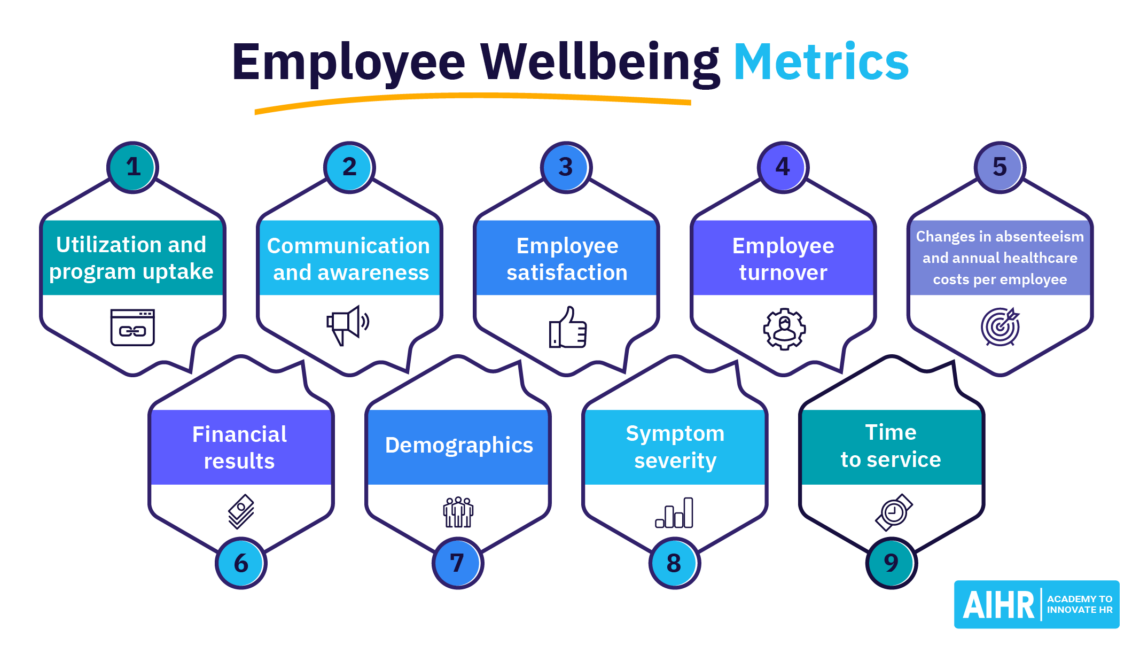Even a decade earlier, employee wellbeing was not an important thing in the workplace. They were not a priority for many employers. But today, the work environment has changed.
Companies have started to realise that employees are human first, and have started working towards employee wellbeing initiatives for the overall health of the organisation.
Employee wellbeing is defined as emotional, physical, and mental health and many factors can influence an employee’s wellbeing.
A wellbeing strategy covering both mental and physical health could help reduce employee turnover, minimise costs associated with absence, and help improve employee motivation.
Many companies have started considering workplace wellbeing initiatives as a crucial part of their employee management strategy. In fact, the worldwide pandemic, and with it remote working, is a wake-up call for organisations to invest in employee wellbeing initiatives.
When it comes to employee wellbeing, many employers focus on employees’ health benefits. But employee wellbeing is much more than just the absence of physical illness among employees. It refers to the state of employees’ physical and mental health and focuses on less tangible factors like their mood and cognition.
Although it may not be easy to always put employees first, this global pandemic has shown that it is not a choice anymore; it is an absolute necessity. That’s the reason many organizations have started focusing on employee wellbeing programs. It helps them track wellbeing at work and create a conducive environment for their employees.
The group executive chairman of Lancelot Group, Mr Adebayo Adeleke said that “when it comes to employee wellbeing, many employers focus on employees’ health benefits. But employee wellbeing is much more than just the absence of physical illness among employees. It refers to the state of employees’ physical and mental health and focuses on less tangible factors like their mood and cognition.”
He noted that “although it may not be easy to always put employees first, this global pandemic has shown that it is not a choice anymore; it is an absolute necessity. That is the reason many organisations have started focusing on employee wellbeing programs. It helps them track wellbeing at work and create a conducive environment for their employees.”
Promoting Employee Wellbeing In Workplace; Make recognition a part of the Company culture; One of the easiest ways to initiate employee wellbeing is to recognise employees for their contributions at work.
Practice Mindfulness; Mindfulness means paying attention to the present moment in an accepting, non judgemental way. Various research has shown that mindfulness is a powerful way to reduce stress in the workplace and hence promote staff wellbeing.
Enable Continuous Learning; The value of continuous learning does not only increase knowledge and skillset among employees. It also increases employee satisfaction, makes the workplace more collaborative, and increases employee engagement.
Create Impactful Mentoring Program; Along with comprehensive benefits like medical coverage, dental coverage, and retirement policies, a mentoring program is a proven way to keep employees satisfied.
Promote Mental Health Awareness; WHO says, more than 264 million people worldwide suffer from depression. This means, almost every workplace has few employees who suffer from mental health problems. And these issues wreak havoc on one’s physical wellness too.
Overall, building employee wellbeing into your organizational culture is about more than just small gestures or having fun at the office. It is about caring holistically for employees so that they have all the tools, inside the office and out, to do a great job.
Doing this right can boost employee retention and customer satisfaction; and have more fun at work.





